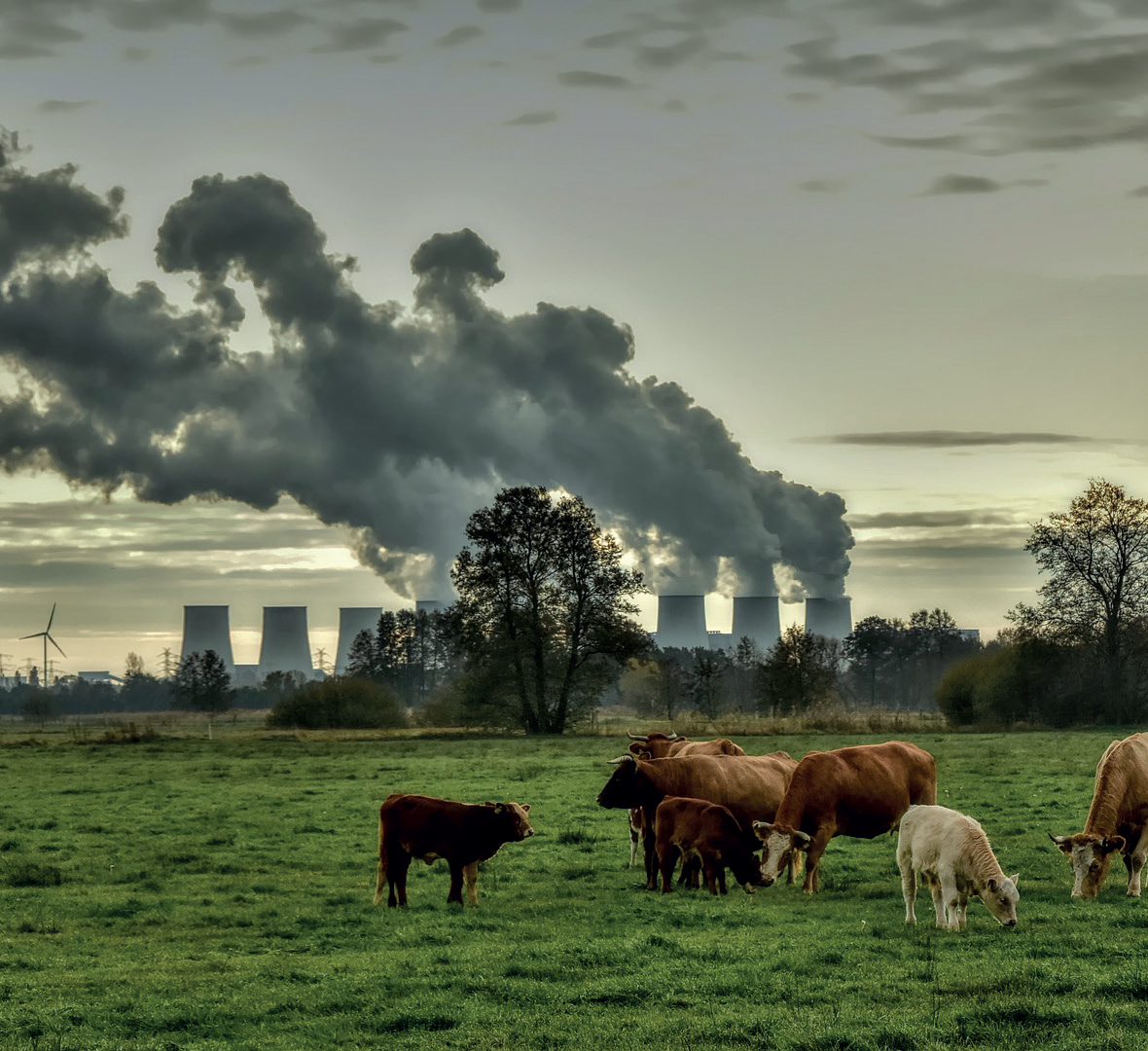2022 has been a year full of excitement for Valve World Americas. This year in review examines the highlights from the past year and the major topics that shaped the valve market. By reflecting upon the significant events and focuses of the past year, there is the hope to prepare for what the next year has in store for the community.
By KCI Editorial
Safety Standards andMaintenance
High-quality and high-performance valves are of great importance to the industrial sector and its consumers. Of equal importance in reference to the valves themselves, are safety and reliability. As providing a safe and reliable environment is a constant and ongoing initiative, it is no surprise that looking back throughout 2022, there was a distinct discussion about the importance of monitoring and maintaining valves used in industrial applications.
Despite the best efforts of any valve operator to maintain the integrity of all the applications, there is always the possibility that a valve will fail and require subsequent replacement. While this is true of all industrial equipment, no one wants a valve to fail unnecessarily. Therefore, preventative maintenance is extraordinarily beneficial for mitigating the risk of issues with industrial valves. In the April 2022’s issue, this topic is explored in detail.
Specifically, an article entitled “Maintenance and Repair for Valves” by João Carlos Vitorino, highlights the distinction between critical valves necessary to keep plants running, versus smaller and less consequential valves. The difference between reactive and preventative maintenance is also addressed, and Vitorino suggests that preventative maintenance is an ideal practice; it follows a predicted maintenance schedule and can ideally keep a manufacturer from having to halt production altogether due to the failure of a valve, which would lead to reactive maintenance.
When examining different approaches to optimizing the use of valves across different industries it is important that the crucial differences between codes, standards, and specifications be understood, in order to ensure that safety is maintained in the workplace. In the article “Key Differences Between API and ISO Standards”, Mani Pila provides an overview of the difference between the American Petroleum Institute (API) and the International Standards Organization (ISO). While both establish guidelines for manufacturers and end users in the valve world, API is focused solely on the petroleum and energy industries, whereas ISO is rarely industry specific. As the ideas surrounding different industries begin to change and refocus, the subsequent standards and codes that are being developed, as well as the ones already in place, must adjust to the world around them.
Following a maintenance schedule and monitoring valve systems for continual operation also involves following specific codes and standards to ensure that valves are in working operation and meet the mandatory safety requirements for use in operation. In the article “What is the IOGP and What is its Impact on Valves?”, technical consultant Davi Sampaio Correira discusses the unification of the International Association of Oil & Gas Producers (IOGP) and the World Economic Forum (WEF) to create a harmonized group with unanimous requirements entitled the Joint Industry Programme 33 (JIP33). This was formed in the hope of keeping specifications consistent and similar, as opposed to competing for simpler, faster, and cheaper roads to acquire the correct valve necessary for an operation.
Navigating the Supply Chain
The processes involved in acquiring the necessary components and materials for various valves was another prominent topic of discussion over the last year. Ongoing challenges have caused many in the industry to develop innovative approaches to navigating the supply chain; from manufacturer to distributor to end user. Navigating the supply chain has been difficult for several reasons. Not only has the lasting impacts of the COVID-19 pandemic had a bearing on supply chain conditions, but many unforeseen external forces, such as the War between Russia and Ukraine, and unexpected natural disasters, such as floods, hurricanes, etc., have caused significant delays and shortages.

As discussed in Davi Sompaio Correia’s article “What Does the Crisis in Eastern Europe Mean for the Valve Industry?” many companies have had to consider plans for moving their factories and plants back to their original countries, as opposed to outsourcing, in order to decrease potential wait times. This may have complicated original plans for companies to reduce emissions as it would reshuffle much of the supply chain.
Transitioning to Renewable Energy
Renewable energy resources have been an ongoing topic of debate and discussion throughout 2022. Early in the year, MRC Global, a leading global distributor in the energy and industrial sector, spoke to Valve World Americas about energy transition and what it has meant for valve companies. It is of note that an energy transition also requires a significant change in traditional energy company attitudes to match the new competitors arriving on the scene. A transition from classic fossil fuels to more renewable sources that are an improvement for the environment is inevitable and crucial, despite the potentially slow path leading there. As a global distributor, MRC Global is very familiar with a wide range of emission regulations from other areas, such as the United Kingdom and Europe, and therefore has the capability to adapt quickly to new possible regulations that may one day exist within the Americas. The possibility for potential energy regulations continues to grow, as the call for lower emission rates continues. As examined by Tim Goedeker in “Sources of GHG and Ways to Reduce Them”, it is imperative that industries keep up to date with new research and technologies and the ways in which they affect the given climate. This will be one of the most effective methods to reduce subsequent emissions.
Valves are responsible for approximately 60% of leaks in oil & gas factories, as discussed in the August 2022 publication. These sorts of leaks must be monitored to track the potential damage, all of which influences the environment and atmosphere. This also contributes to the concept of lowering emission rates and the call for renewable energy sources, such as hydrogen. Hydrogen continues to be ranked as a front-runner in the call for a low-carbon and low-emission future. As examined by Davi Sompaio Correia in “Valves for Hydrogen, Challenges in Materials Selection”, the transition into hydrogen calls for new technologies and materials. The kinds of hydrogen used may vary by application or organization, each needing to meet its own requirements based on specific safety regulations. Special precautions must be considered for a transition into hydrogen and how it may contribute to a low-carbon future.

ESG and Carbon Capture
This leads to a final discussion about carbon capture and the continued growth of the practice throughout the industrial sector. Carbon capture and storage is a growing technique utilized to reduce the world’s carbon output, done through a series of pipelines and valves. This growing practice and the continued popularity of jumping on a zero-emissions goal will continue forward into the coming year. Zero emissions and the economic impact of investing in practices such as carbon capture, as well as other emission reducing acts have resulted in the appearance of Environmental, Social & Governance (ESG) metrics in which each company is examined and given a subsequent score. This came to light in articles by consultant Foster Voelker II, entitled “ESG: The Economic Evolution of Responsible Investment”, and “A Step-By-Step Guide to Defining and Promoting a Company’s Unique ESG Values” by Tasha Jamaluddin, tying hand-in-hand with many of the years overlying aforementioned topics of discussion. ESG scores allow companies to create smarter decisions when it comes to future investments, such as in areas related to lowering the world’s greenhouse gas emissions by investing in carbon capture, or a transition into renewable fuel such as hydrogen.
Looking Forward to the Future
Moving forward into 2023 with optimism, there is a strong path toward curating new technologies surrounding valves and sourcing new materials that work well with renewable fuels. Based on the market reports, the valve industry will continue to be shaped by industry acquisitions, different sources of renewable energy, such as hydrogen and carbon capture, as well as the performance of valves. Next year, Valve World Americas will continue to dive into fugitive emissions, standards and certifications, maintenance, carbon capture, and more. While this year was filled with great intrigue and topics of discussion, the next year will certainly bring forth even more!


